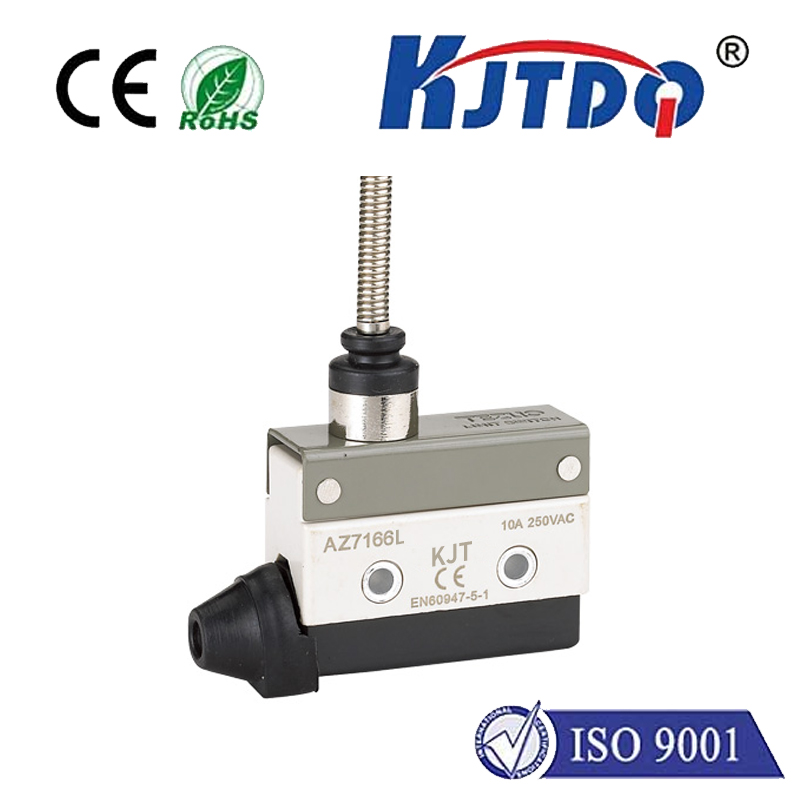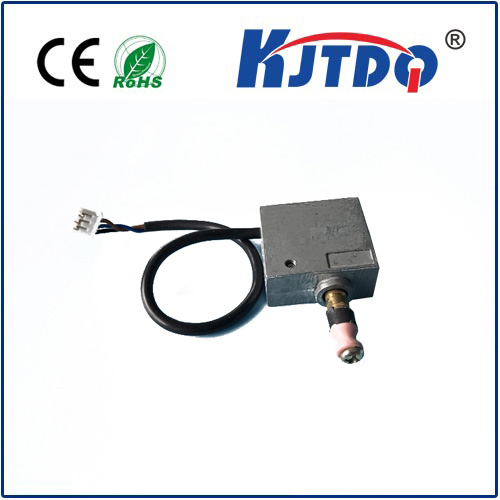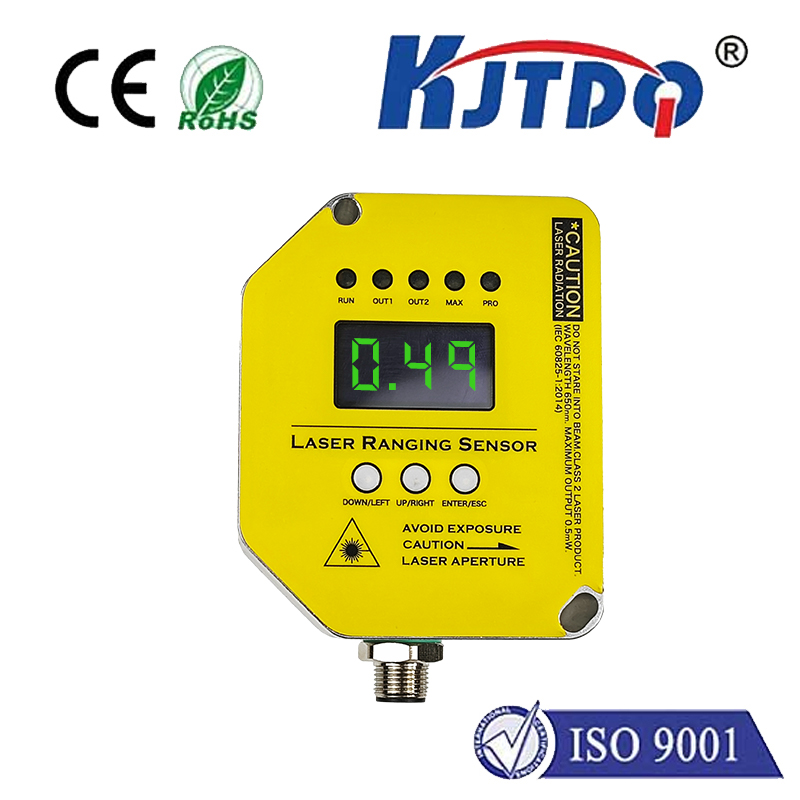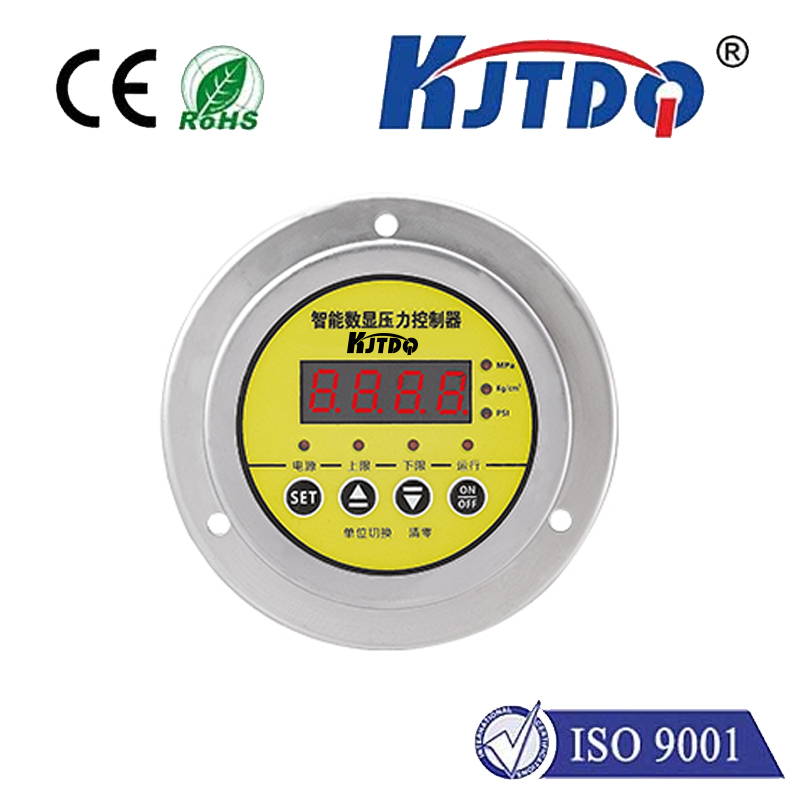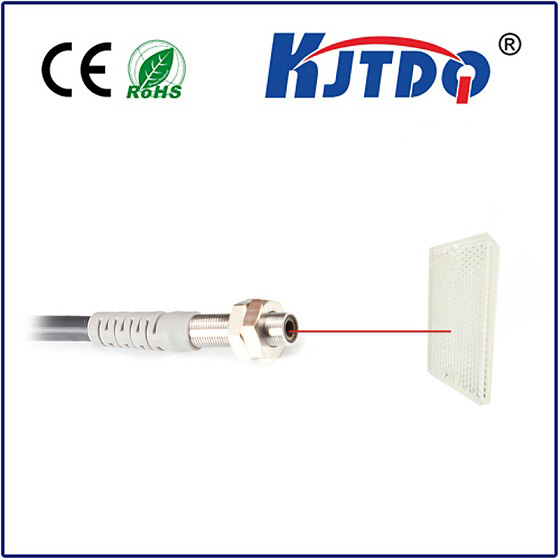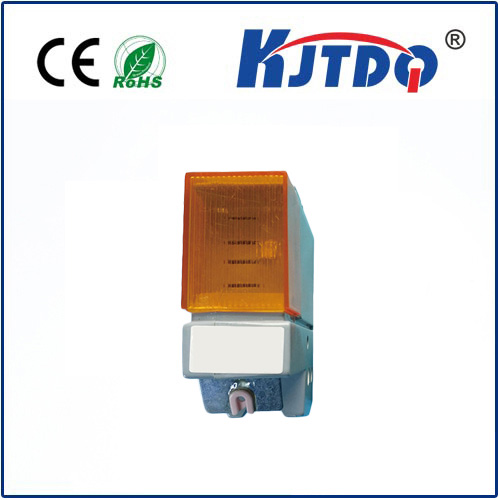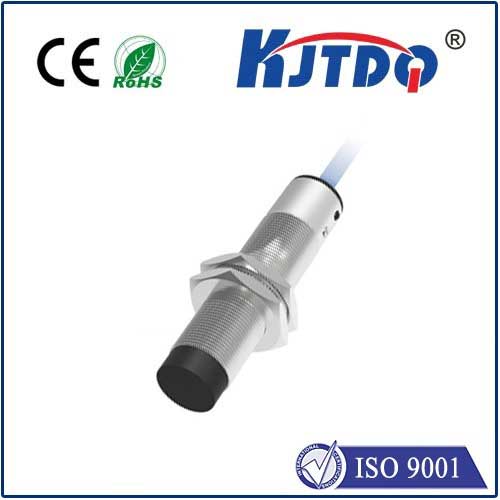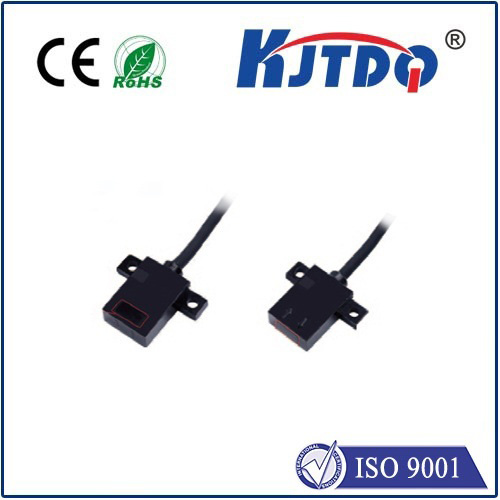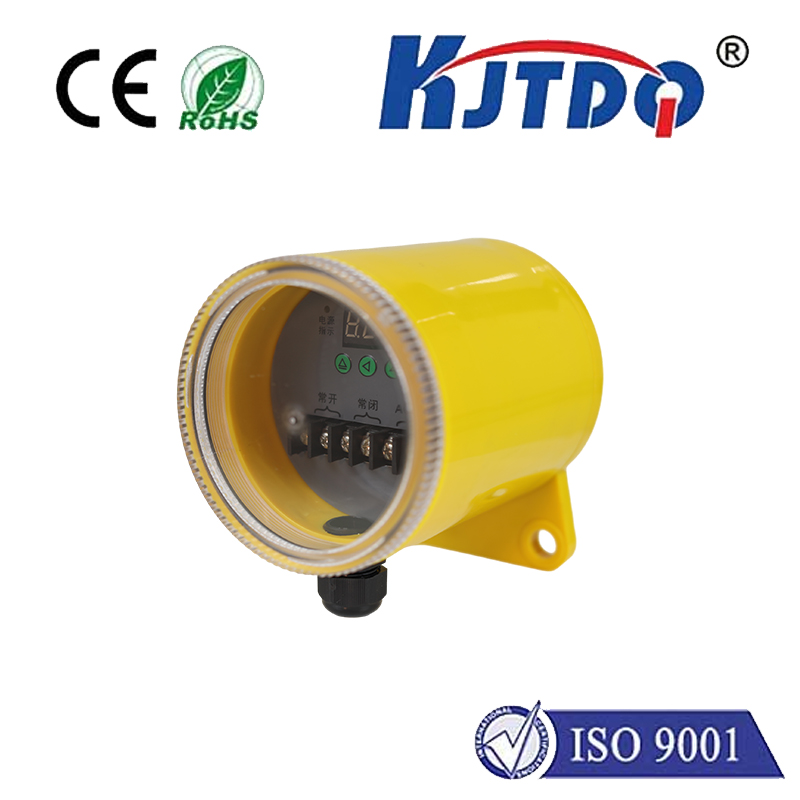
check

check

check

check
Title: Unlocking the Potential of the LP04-S2-CH/6 Tilt Switch in Modern Applications In today’s rapidly evolving technological landscape, sensors play a crucial role in enabling intelligent systems to interact with and interpret their environment. One such sensor that has garnered significant attention for its versatility and precision is the LP04-S2-CH/6 tilt switch. In this article, we will explore the features, applications, and benefits of this innovative device, shedding light on how it can unlock new possibilities in various industries.
The LP04-S2-CH/6 tilt switch is a state-of-the-art electromechanical sensor designed to detect changes in tilt or orientation. Its unique design combines a high level of sensitivity with robustness, making it ideal for use in demanding environments. With its compact size and low power consumption, the LP04-S2-CH/6 can be seamlessly integrated into a wide range of devices and equipment.
High Sensitivity: The LP04-S2-CH/6 boasts an impressive sensitivity, allowing it to detect minute changes in tilt angles, which is essential for applications requiring precise measurement.
Compact Design: Measuring at just [insert dimensions], the switch is small enough to be incorporated into even the most space-constrained projects without compromising performance.
Durability: Engineered with durability in mind, the LP04-S2-CH/6 is resistant to shock, vibrations, and environmental factors, ensuring reliable operation under harsh conditions.

Wide Operating Range: With an operating temperature range of [insert range] and compatibility across various voltage levels, this tilt switch is versatile and adaptable to different system requirements.
Easy Integration: Thanks to its straightforward interface and compatibility with standard electronic components, integrating the LP04-S2-CH/6 into existing systems is both simple and efficient.
In the automotive industry, the LP04-S2-CH/6 tilt switch finds application in vehicle safety and stability control systems. It can monitor roll or pitch angles, aiding in the development of advanced driver assistance features like electronic stability control (ESC) and rollover protection systems. Additionally, it enhances the functionality of smart suspension systems by accurately gauging vehicle orientation.
Aerospace engineering demands utmost precision and reliability, traits that the LP04-S2-CH/6 excels at. In aircraft, drones, and unmanned aerial vehicles (UAVs), these tilt switches are used for attitude control, flight stabilization, and landing gear monitoring. They also contribute to navigation systems, providing critical data for maintaining the correct flight path.
Industrial automation relies heavily on accurate positioning and motion control. The LP04-S2-CH/6 plays a pivotal role in robotic arms, conveyor belts, and automated packaging machines, where tilting or orientation adjustments are necessary for optimal performance. Its ability to withstand industrial environments ensures continuous operation without maintenance disruptions.
Precision is paramount in medical technology, and the LP04-S2-CH/6 contributes to this by enabling more accurate diagnostic equipment and patient monitoring systems. It assists in the development of prosthetic limbs, where sensing the user’s body movements is crucial for natural movement simulation.
Integrating the LP04-S2-CH/6 tilt switch into your projects offers several advantages:
Enhanced Precision: By detecting even slight variations in tilt, your applications can achieve higher accuracy and responsiveness.
Cost-Effectiveness: Its affordability, coupled with low maintenance needs, makes it a cost-effective solution for long-term projects.
Versatility: Suitable for diverse applications, from consumer electronics to heavy machinery, the switch’s adaptability is unmatched. In conclusion, the LP04-S2-CH/6 tilt switch represents a game-changer in the realm of tilt sensing technology. Its blend of sensitivity, durability, and ease of integration make it a valuable asset across numerous sectors. As technology continues to advance, embracing such innovations will undoubtedly lead to smarter, more efficient systems that better serve our needs.
